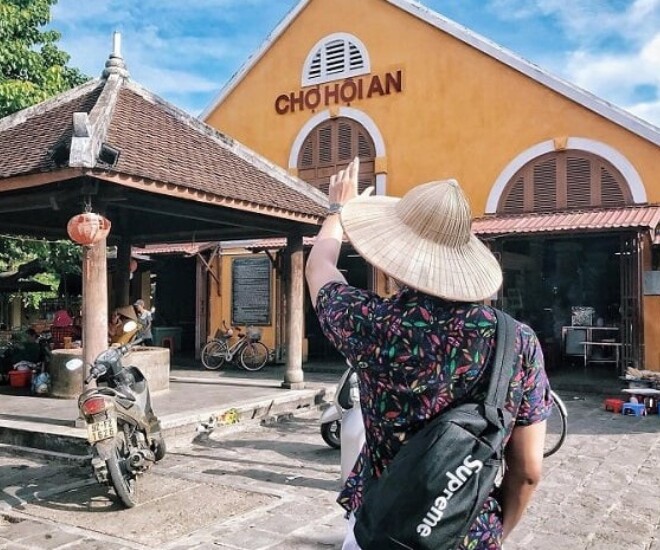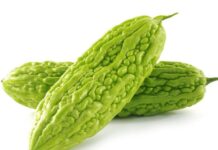The Hoi An market, as depicted in historical documents, was initially located near the Ong Voi communal house. However, around 1848, it was relocated to its current site opposite the Guan Gong Temple. This relocation adhered to the traditional model of ancient Vietnamese markets, which favored crossroads, river ports, communal houses, pagodas, and temples for commercial convenience.

Initially, the Hoi An market served merely as a self-sufficient trading post, akin to other village markets across Vietnam. Nonetheless, as Hoi An evolved into a bustling international trading port, the Hoi An market transformed as well, becoming a hub for commerce between locals and foreign merchants from diverse nations.
In his book, “The Europeans in Annam,” author C. May Bon vividly describes the trading activities in Hoi An. He writes about how locals brought to the market various regional specialties, such as silk, wooden furniture, agarwood, cinnamon, pepper, rice, and numerous other goods. These products not only satisfied local demands but also attracted international traders, becoming lucrative export commodities.

With the decline of the Hoi An trading port, the Hoi An market also contracted, reverting to a local marketplace. During the colonial era, the market was rebuilt in a Western architectural style, featuring a rectangular layout, brick construction, and arched doorways. These architectural traits remain preserved to this day, lending the market a unique character.
Presently, the Hoi An market is a must-visit destination for tourists. Conveniently located in the heart of the ancient town, it is just a short stroll away. The market exudes a vibrant atmosphere, a stark contrast to the tranquil and serene ambiance of the ancient town. Bustling with activity from early morning to late at night, it resonates with the lively chatter of buyers and sellers.

The market offers a diverse range of goods, including agricultural produce, foodstuffs from neighboring rural areas, handicrafts, fabrics, souvenirs, fresh seafood from coastal regions, and forest products from the highlands and midlands. Despite its compact size, every corner of the market is utilized for trading, showcasing an array of goods, from fresh produce to traditional delicacies and souvenirs.
One of the most popular areas for tourists is the culinary zone, where stalls are organized by type of cuisine, such as rice dishes, cakes, sweet soups, noodles, Cao Lau, and Quang noodles. Here, visitors can easily find and indulge in Hoi An’s renowned specialties. Notable dishes include Cao Lau, chicken rice, water fern cake, sizzling pancakes, and Quang noodles, which have collectively earned the Hoi An market a reputation as one of the world’s best street food destinations, as acknowledged by Lonely Planet.
Beyond being a commercial hub, the Hoi An market is a vibrant space that reflects the local lifestyle, culture, and customs. Despite the passage of time, the trading traditions of the market have been meticulously preserved over centuries. Both buyers and sellers exhibit sincerity, enthusiasm, and a willingness to negotiate, embodying the spirit of “happy sellers, happy buyers.” Visitors to the market not only indulge in delectable treats but also immerse themselves in this unique trading culture, an integral part of Hoi An’s charm.

Today, while the Hoi An market has adapted to modern needs, it continues to cherish its traditional essence. This harmonious blend of old and new, of cultural heritage and dynamic modern life, lends the market its unique allure. This very blend has led UNESCO to recognize the Hoi An market as part of the World Cultural Heritage, alongside the ancient town of Hoi An.
Despite the vicissitudes of history, the Hoi An market remains a vibrant symbol of the ancient trading port. Visitors stepping into this colorful shopping arena not only immerse themselves in a vibrant marketplace but also encounter the soul of Hoi An, where traditional cultural values have been meticulously preserved for centuries. The Hoi An market stands as a sublime intersection of history, culture, cuisine, and people—an indispensable experience for anyone visiting this enchanting town.






























